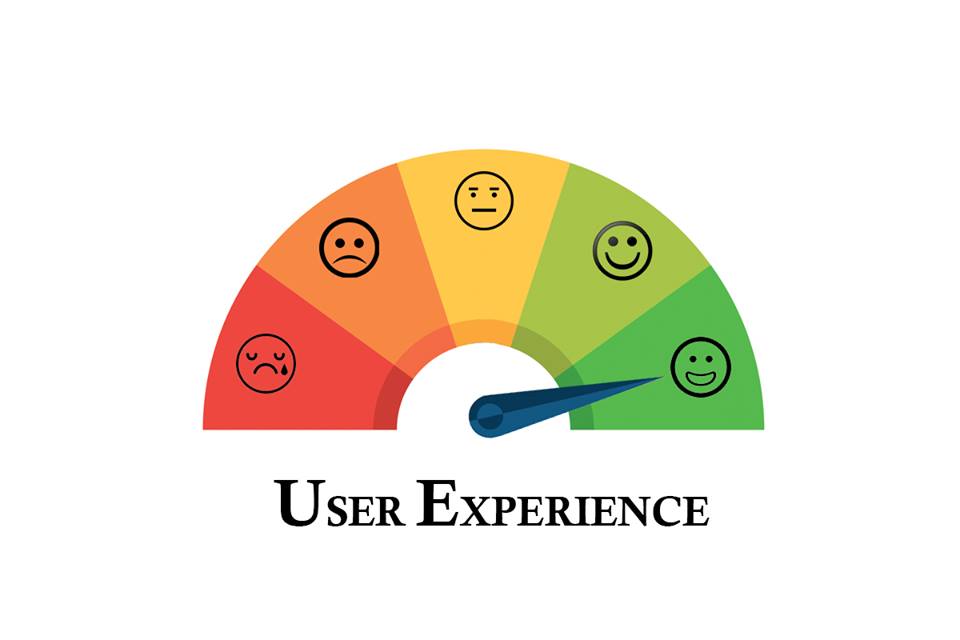Your website is often the first interaction a customer has with your brand—and first impressions matter. A poorly designed or frustrating website can drive users away, while a smooth and engaging experience can increase conversions, build trust, and boost customer satisfaction.
User Experience (UX) goes beyond just good design. It’s about how a user feels when interacting with your website. From ease of navigation to page speed and content clarity, every detail matters.
In this blog, we’ll explore 7 practical tips for improving your website’s user experience, ensuring your visitors stay longer, engage more, and convert better.
7 Practical Tips for Improving Your Website’s User Experience
1. Simplify Your Navigation
One of the biggest reasons users leave a website is confusion. If your visitors can’t find what they’re looking for within a few clicks, they’ll likely abandon the site.
Best Practices:
- Use clear, concise menu labels
- Limit main menu items to 5–7 choices
- Group related content under dropdowns or sub-menus
- Include a search bar for large or content-heavy sites
A user-friendly navigation system allows visitors to intuitively explore your site, increasing the chance they’ll take the desired action—whether it’s making a purchase or filling out a contact form.
2. Improve Page Load Speed
Speed is critical. A delay of even a few seconds can lead to higher bounce rates and lower user satisfaction. In today’s fast-paced world, users expect websites to load almost instantly.
Tips to Optimize Speed:
- Compress and optimize images
- Use browser caching
- Minimize JavaScript and CSS files
- Choose a reliable hosting provider
- Utilize a Content Delivery Network (CDN)
Google also considers site speed as a ranking factor, so improving load times not only enhances UX but also supports SEO efforts.
3. Make Your Website Mobile-Friendly
With more than half of all web traffic coming from mobile devices, having a responsive design is non-negotiable. A mobile-optimized website adapts to different screen sizes, ensuring content looks great and functions well on any device.
Mobile-Friendly Features:
- Touch-friendly buttons and links
- Readable font sizes
- Scalable images and videos
- Simplified layout for smaller screens
Test your website across various devices and screen resolutions to ensure consistency and performance everywhere.
4. Use Clear and Consistent CTAs
Your Call-To-Action (CTA) is what drives users toward conversion. Whether it’s “Buy Now,” “Get a Quote,” or “Subscribe,” it needs to be visible, compelling, and consistent.
CTA Best Practices:
- Use action-oriented language
- Make buttons stand out with contrasting colors
- Place CTAs strategically (e.g., top of the page, after content, footer)
- Keep messaging consistent across the site
A good CTA guides users on what to do next, creating a smoother and more intuitive user journey.
5. Focus on Readability and Content Structure
Your content should be easy to read and understand. Users tend to scan rather than read word-for-word, so structuring content properly is essential for a positive UX.
Tips for Readable Content:
- Use short paragraphs and sentences
- Include bullet points and numbered lists
- Break up text with headings and subheadings
- Use a clear font and high contrast between text and background
- Avoid jargon—use plain, conversational language
Make sure your key messages are visible at a glance, especially on product pages, service descriptions, and landing pages.
6. Use Visual Hierarchy and White Space
Visual hierarchy refers to the arrangement of elements in a way that naturally guides the user’s eye from most to least important. White space (also known as negative space) plays a vital role in preventing your website from feeling cluttered.
How to Use It Effectively:
- Highlight important content with larger fonts or bolder colors
- Use white space to separate sections and improve focus
- Keep layout clean and organized
- Emphasize the most important CTA or message on each page
A well-designed visual hierarchy improves usability and helps users process information quickly and efficiently.
7. Gather Feedback and Continuously Test
User experience is never “finished.” It’s an ongoing process of monitoring, analyzing, and refining. What works today might not work tomorrow, especially as user expectations evolve.
Steps to Keep Improving:
- Use tools like Hotjar or Crazy Egg to track user behavior
- Conduct usability testing with real users
- Offer feedback forms or surveys
- Monitor website analytics for bounce rate, time on site, and exit pages
- A/B test changes to layout, design, or content
Continuous feedback and testing allow you to make informed improvements that directly impact user satisfaction and engagement.
Bonus Tip: Accessibility Matters
Making your website accessible to all users—including those with disabilities—is not only the right thing to do, but it also enhances UX and expands your audience.
Accessibility Guidelines:
- Add alt text to images
- Use keyboard-navigable menus
- Ensure color contrast meets WCAG standards
- Use ARIA labels for screen readers
- Provide captions for videos
A truly user-friendly website is one that everyone can access and use with ease.
Final Thoughts
Improving your website’s user experience isn’t about trendy visuals or complex features—it’s about making your site intuitive, fast, clear, and engaging. When users enjoy interacting with your site, they’re more likely to trust your brand, return for future visits, and become loyal customers.
To recap, here are the 7 essential tips for better UX:
- Simplify your navigation
- Improve page load speed
- Make your site mobile-friendly
- Use clear and consistent CTAs
- Focus on readability and structure
- Apply visual hierarchy and white space
- Gather feedback and test regularly
Investing in UX design is investing in your business’s long-term growth. If you’re unsure where to start or need expert guidance, consider partnering with professional UI/UX design services to create a seamless digital experience that converts.







